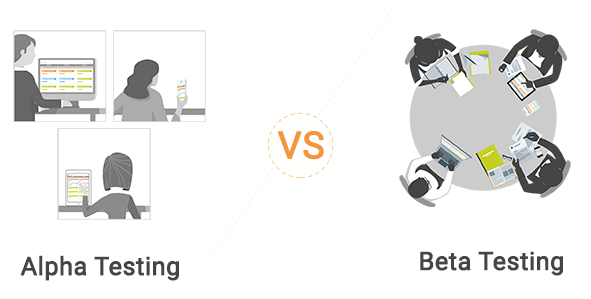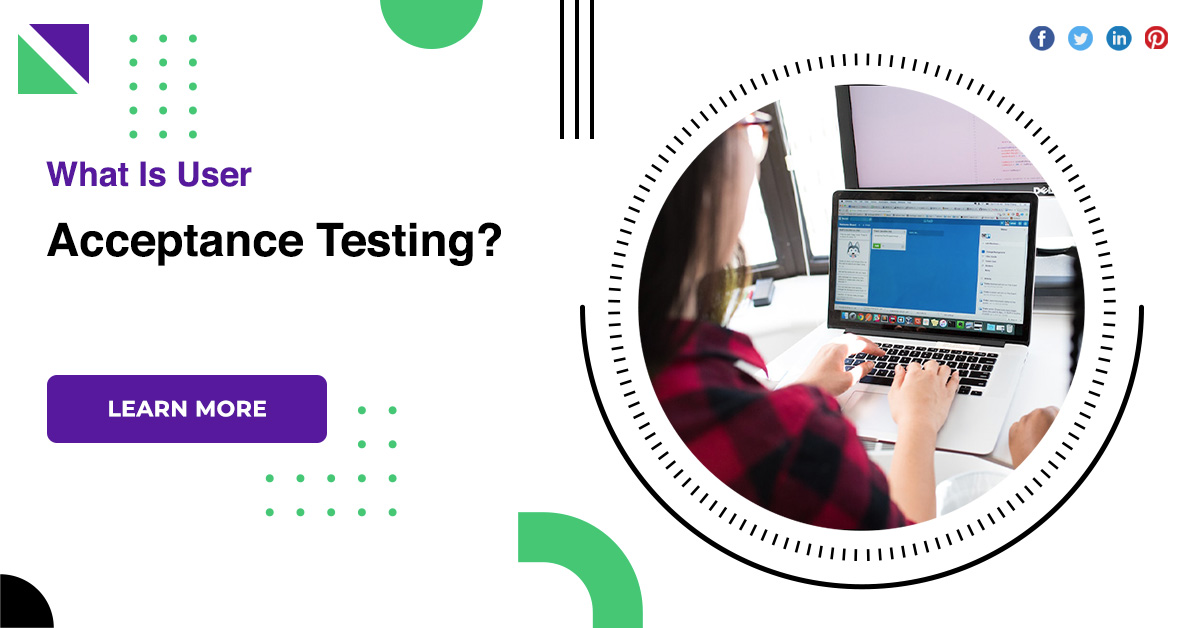What Is User Acceptance Testing?
User acceptance testing is the last testing phase of software development before its production. UAT is usually done manually, with users creating real-world situations and testing how the software responds and performs.
UAT important
- Unit testing: Testing individual modules, units of code or software.
- Smoke tests: Tests to determine the stability of units or modules and their resistance.
- Regression tests: Tests to verify that data and functionality are not lost after implementing changes.
- Security tests: Tests to detect potential vulnerabilities.
Criteria and best practices
- Complete other testing phases: It is best to complete unit testing, integration testing, and system testing before starting UAT. At this point, most of the bugs and weak points should be resolved and removed.
- Identify your target audience: The best designed software or application can be lost if it does not resonate with its target audience, so it is important to identify and study your market base.
- Create scripted test cases: Identify the scenarios you want to test and document them so that testers can work with scripted test cases.
- Select testers: Even if internal analysts are used to run the UAT, it is advisable to include users from the target audience. Both sets of results will have value to the team, but real users will give you a picture of real-world adoption of the software and its user interface.
- Testing the environment: After selecting testers and providing credentials and access, test the environment to make sure it is working as intended.
Types
Alpha testing
It provides early detection of bugs and other issues that can be easily identified by testing professionals in the development environment.
Beta testing
It is done by a select group of real users in their environment. Their feedback helps to further identify bugs and improve the overall product and its features.

Business acceptance testing
This type of test is governed by the parameters of the test case, but its function is to ensure that the system meets business requirements and ensures marketability and profitability.
Contract acceptance testing
During contract acceptance testing, the developed software is tested according to the specifications and criteria agreed in a predefined contract.
Regulatory acceptance testing
This is also called conformance acceptance testing and is used to ensure that the software complies with state and federal laws and regulations in the place where it is released.
Operational acceptance tests
Ensures software is ready for production and workflows are in place, including maintenance processes, security controls, user training and backup plans.
Conclusion
Software testing is key to ensuring the quality and user experience of a digital product, be it a website, a mobile app, or an enterprise software tool. Without in-depth testing, a development company can not only meet the client’s requirements, but cannot create a product that builds its reputation.









